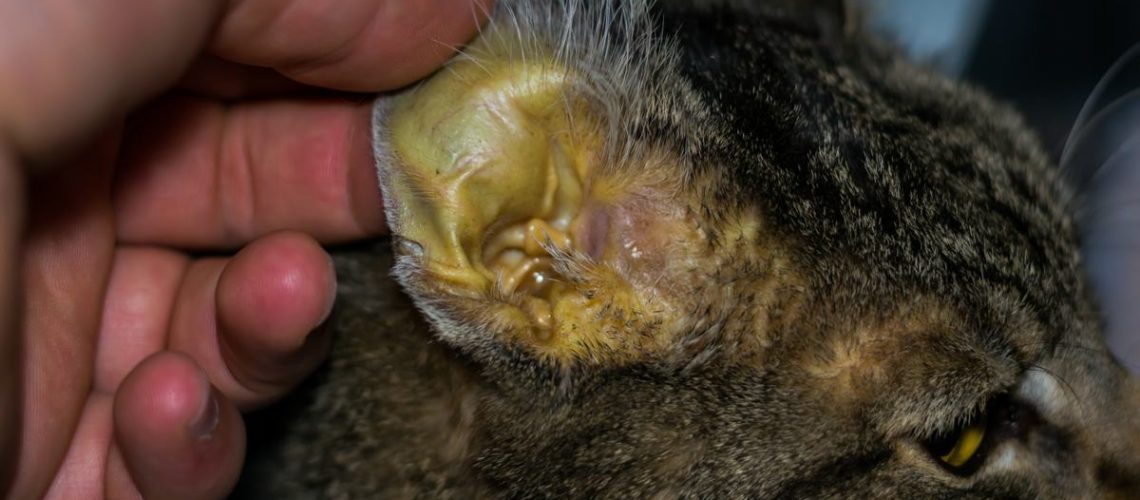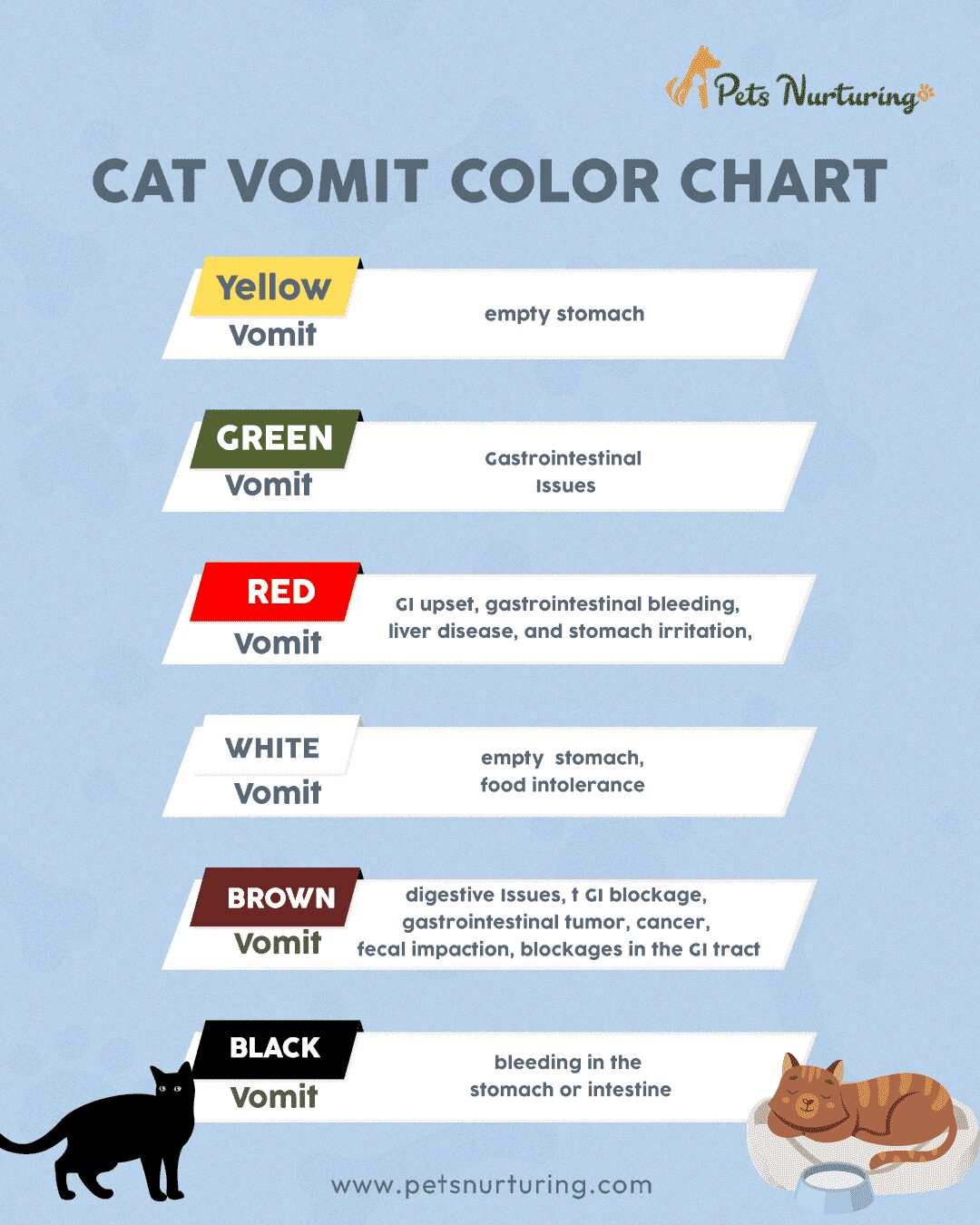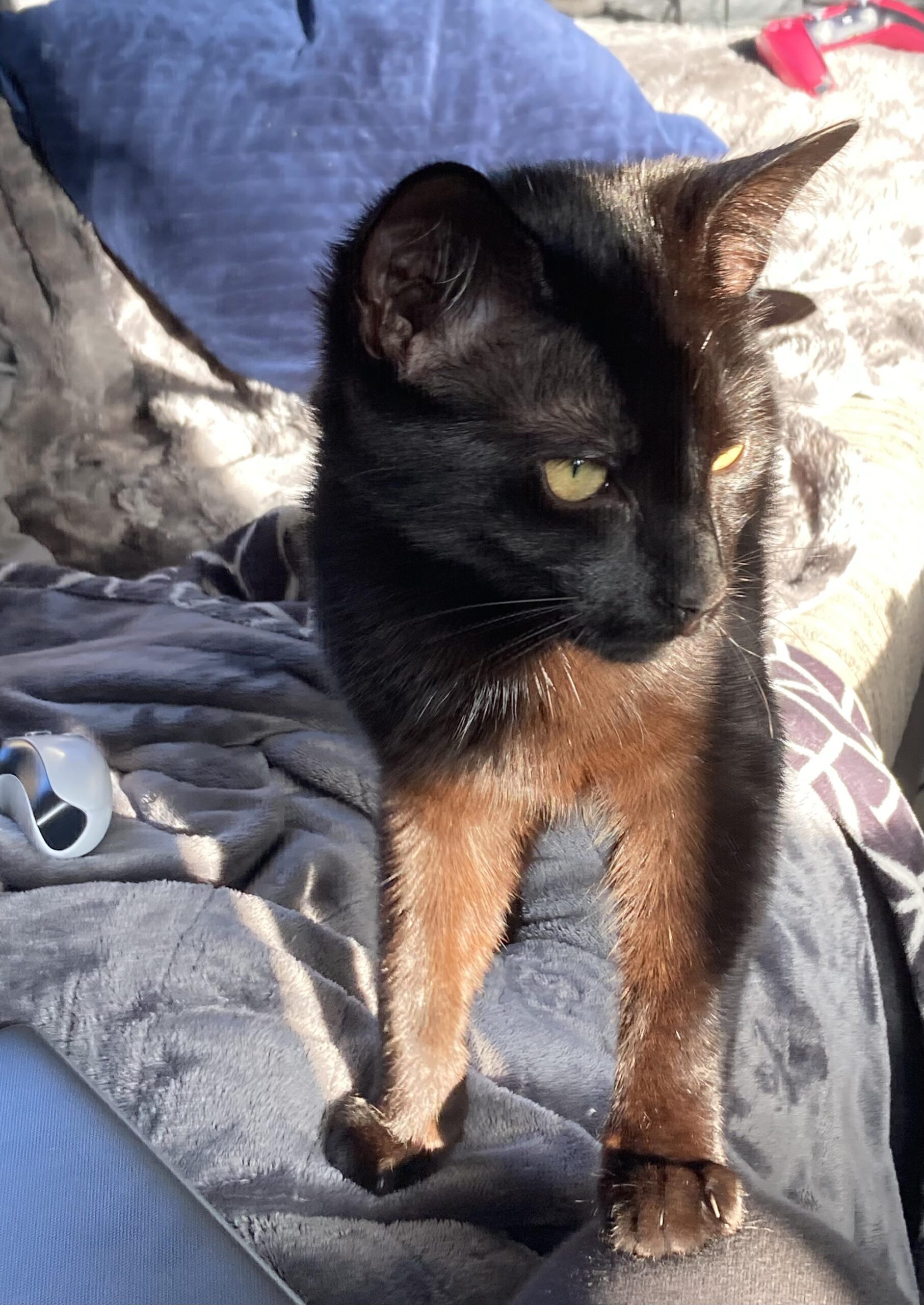Have you ever noticed your cat's fur turning a shade of yellow? It may seem like a harmless change, but it could be a warning sign of a serious condition called jaundice. Understanding the symptoms and causes of jaundice in cats is essential for every pet owner. By delving into this subject, you can not only ensure the well-being of your furry friend but also potentially save their life. In fact, studies show that early detection of jaundice can significantly increase the chances of successful treatment. So, let's explore the yellow warning signs and gain valuable insights to keep our beloved feline companions healthy and happy.
Key Takeaways:
- Jaundice in cats is characterized by a yellowing of the skin, gums, and whites of the eyes.
- It can be caused by various underlying conditions such as liver disease, gallstones, or anemia.
- Veterinary intervention is necessary to determine the cause of jaundice and provide appropriate treatment.
- Other symptoms that may accompany jaundice include loss of appetite, weight loss, and lethargy.
- Early detection and prompt treatment are crucial for improving the prognosis of cats with jaundice.
What is Jaundice in Cats and Why Does it Cause Yellow Warning Signs?
Understanding Jaundice in Cats
Jaundice is a condition that can affect cats, causing their skin, gums, and whites of the eyes to turn yellow. It occurs when there is an excess of bilirubin in the bloodstream. Bilirubin is a yellow pigment that forms when red blood cells break down. Normally, the liver processes and removes bilirubin from the body. However, when something goes wrong with the liver or other parts of the body involved in this process, bilirubin can build up and cause jaundice.
The Yellow Warning Signs
When a cat has jaundice, you may notice several visible symptoms. The most obvious one is the yellowing of their skin, gums, and eyes. Additionally, they may have dark-colored urine and pale stools. Some cats with jaundice may also show signs of lethargy, decreased appetite, weight loss, or vomiting. If you observe any of these warning signs in your cat, it's important to seek veterinary attention promptly.
How to Tell if Your Cat Has Jaundice: Visible Symptoms to Look Out For
Observing Your Cat for Symptoms
To determine if your cat has jaundice, you should closely observe their physical appearance and behavior. Check their gums and inside their ears for any yellow discoloration. Examine their eyes to see if they appear yellowish instead of white. Take note of any changes in their urine color or consistency as well as any unusual stool color.
Other Possible Symptoms
In addition to the visible signs mentioned earlier, cats with jaundice may exhibit other symptoms such as weakness or fatigue due to anemia caused by the breakdown of red blood cells. They may also have an increased thirst and urination, as well as abdominal pain or swelling. If you notice any of these symptoms in your cat, it is crucial to consult a veterinarian for a proper diagnosis and treatment.
Common Causes of Jaundice in Cats and How to Prevent it
Potential Causes of Jaundice
There are various reasons why cats develop jaundice. One common cause is liver disease, which can be caused by infections, toxins, or certain medications. Another possible cause is an obstruction in the bile ducts that prevents the flow of bile from the liver to the intestines. Other conditions such as anemia, pancreatitis, or gallbladder disease can also contribute to jaundice in cats.
Preventing Jaundice
While not all causes of jaundice can be prevented, there are steps you can take to minimize the risk for your cat. Ensure they receive regular veterinary check-ups to monitor their overall health and detect any potential issues early on. Avoid exposing them to toxins or harmful substances that could damage their liver. Providing a balanced diet and maintaining a healthy weight can also help reduce the likelihood of developing certain conditions associated with jaundice.
Is Jaundice a Serious Health Concern for Cats? Understanding the Risks
Potential Risks Associated with Jaundice
Jaundice itself is not a specific disease but rather a symptom of an underlying health problem. The seriousness of jaundice depends on its cause and how effectively it can be treated. In some cases, jaundice may indicate a severe condition that requires immediate medical attention, such as liver failure or cancer. If left untreated, these underlying diseases can lead to further complications and potentially be life-threatening for cats.
Seeking Veterinary Care
If you suspect your cat has jaundice, it is essential to seek veterinary care. A veterinarian will perform a thorough examination, conduct diagnostic tests, and determine the underlying cause of the jaundice. Early detection and proper treatment can improve the chances of a successful outcome and minimize the risks associated with jaundice.
Treatments for Cats with Jaundice: Available Options
Treatment Approaches
The treatment for jaundice in cats depends on the underlying cause. Once the cause is determined, appropriate measures can be taken to address it. Treatment options may include medication to alleviate symptoms, dietary changes to support liver function, fluid therapy to maintain hydration, or surgery to remove obstructions in the bile ducts.
Supportive Care
In addition to specific treatments targeting the underlying cause, cats with jaundice often require supportive care. This may involve providing a balanced diet that supports liver health and administering medications as prescribed by a veterinarian. Regular monitoring of liver function through blood tests may also be necessary to assess the effectiveness of treatment and adjust accordingly.
Recovery from Jaundice in Cats: Timeframe and Potential Complications
Recovery Timeframe
The recovery time for cats with jaundice varies depending on the underlying cause and how quickly treatment is initiated. Some cases may resolve within a few weeks with appropriate intervention, while others may require long-term management or ongoing medical care.
Potential Complications
Complications can arise if the underlying condition causing jaundice is not effectively treated or if there are delays in seeking veterinary care. These complications may include liver damage or failure, anemia, infections, or other organ dysfunctions. It is crucial to closely follow your veterinarian's recommendations and attend regular check-ups to monitor your cat's progress and prevent potential complications.
Other Health Conditions with Yellow Warning Signs Similar to Jaundice in Cats
Distinguishing Between Conditions
While jaundice is characterized by yellow discoloration of the skin, gums, and eyes, there are other health conditions that can cause similar symptoms. One such condition is icterus, which refers specifically to yellowing caused by excess bilirubin. Another condition called carotenemia can also lead to a yellowish appearance due to high levels of carotenoids in the blood. These conditions may have different underlying causes and require specific diagnostic tests for accurate identification.
Importance of Veterinary Evaluation
If you notice any yellow warning signs in your cat, it is essential to seek veterinary evaluation for an accurate diagnosis. A veterinarian will be able to differentiate between jaundice and other similar conditions through a comprehensive examination and appropriate laboratory tests. This will ensure that the correct treatment is administered and any underlying health concerns are addressed effectively.
In conclusion, jaundice in cats can be identified by yellowing of the skin, eyes, and gums. If you notice these warning signs in your cat, it is important to seek veterinary care promptly for a proper diagnosis and treatment.
Is jaundice in cats an emergency?
Jaundice can be caused by various conditions, but it is always a matter of medical concern. If a cat has jaundice, it needs prompt medical attention, even if there are no other symptoms present. Cats that display symptoms like pale gums, collapse, weakness, or extreme lethargy should receive immediate medical attention.
What is the survival rate for cats with jaundice?
If left untreated, the disease has a mortality rate above 90%. However, if cats are treated early on, they have a high chance of recovery, with a rate of 80-90%. If not treated, cats typically die from severe malnutrition or complications resulting from liver failure. Treatment often includes the use of various methods to ensure aggressive feeding.
What are the signs of liver failure in cats?
Symptoms of liver disease in cats can vary and may include decreased appetite, vomiting, stomach ulcers, diarrhea, fever, blood clotting issues, yellowing of the skin and eyes, swelling in the abdomen, increased urination and thirst, changes in the size of the liver, weight loss, and sometimes bleeding in the digestive tract.
What will the ER do for jaundice?
Patients who have jaundice may need to receive antibiotics through an IV, undergo urgent surgery, and in severe situations, undergo organ transplantation.
Can you save a cat with jaundice?
The treatment for a cat with jaundice will vary depending on the root cause, but it could involve antibiotics, anti-inflammatory medications, or nutritional assistance. Hospitalization and the use of intravenous fluids are often recommended to help with hydration and provide metabolic support for most cats.
What is the last stage of jaundice?
Signs of advanced liver disease can include easy bruising or bleeding, ongoing yellowing of the skin and eyes (jaundice), and severe itching.

















